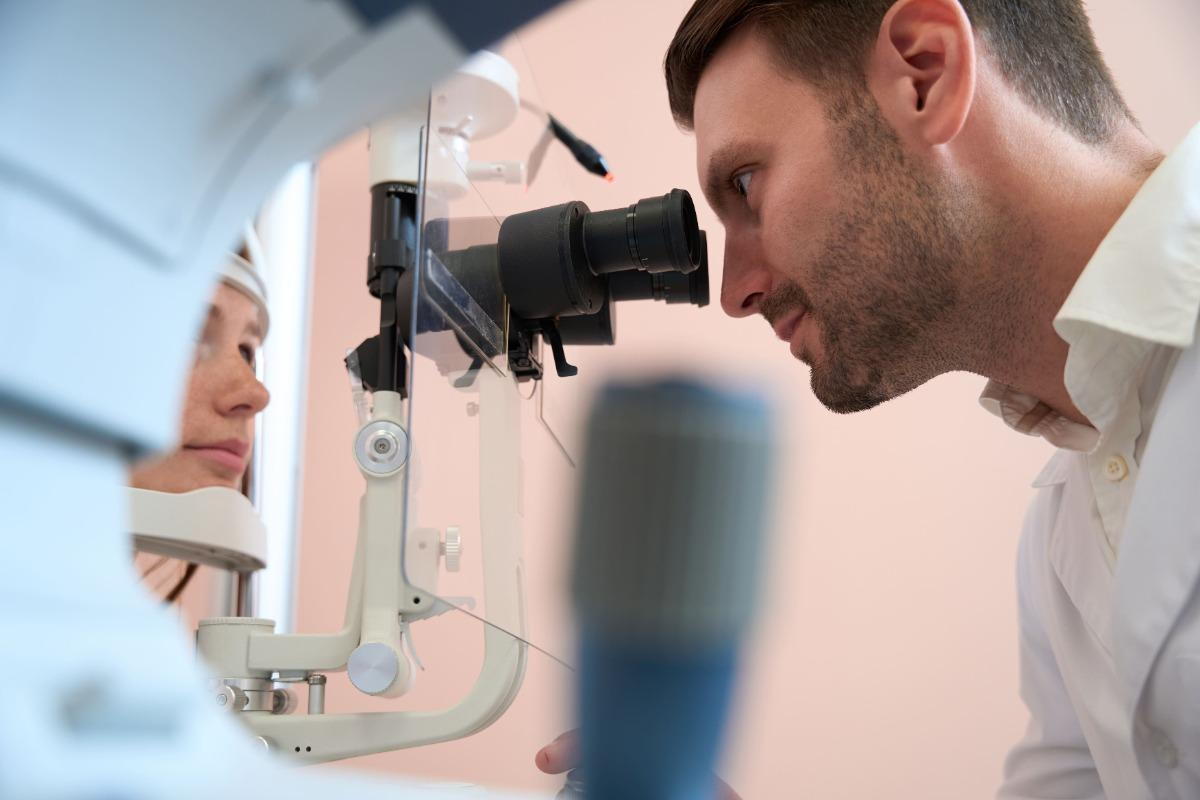Featured
Table of Contents

Regular eye examinations are crucial for maintaining excellent vision and identifying prospective eye health concerns early. Nonetheless, the regularity of these examinations can differ considerably based upon a person's age, way of living, and overall wellness. Understanding the recommended routine for eye tests can aid make sure that individuals of all ages get ideal treatment and monitoring for their eye health and wellness.
Newborns and Toddlers (0-2 Years)
For kids and babies, eye tests are critical for identifying any potential vision problems at an early stage. The American Academy of Ophthalmology recommends that a child's initial eye examination must take place at around six months old. During this initial visit, the eye care professional will certainly examine the kid's aesthetic advancement and look for any kind of apparent eye concerns.Following this very first examination, it is recommended that youngsters have another eye test at age 3. This go to will certainly concentrate on analyzing the kid's total aesthetic feature, including eye alignment and the capability to track items. If no issues are identified, the next test ought to be arranged prior to the child starts college, normally around age five or six.
School-Aged Youngsters (6-18 Years)
Normal eye exams must be arranged every one to two years once children get to college age. Vision is critical for finding out and development, and numerous schools conduct vision testings. These testings do not change a thorough eye exam by an eye care expert.For children associated with sporting activities or tasks needing substantial visual focus, yearly eye exams may be advisable. In addition, if a kid shows signs of vision problems-- such as problem reviewing, scrunching up your eyes, or frequent migraines-- a browse through to the eye doctor must be arranged as soon as feasible.
Young Person (19-39 Years)
Young person typically have fewer vision adjustments than older age groups, however regular eye tests remain necessary. The general recommendation is to arrange an eye test every 2 years throughout this period. People with certain danger aspects-- such as a family background of eye illness, diabetes, or those who use get in touch with lenses-- must think about annual eye tests.Additionally, those that spend significant time on digital tools might experience electronic eye strain. If symptoms such as dryness, tiredness, or obscured vision happen, it might be smart to see an eye treatment specialist faster.
Adults (40-64 Years)
Grownups aged 40 to 64 should set up eye examinations every one to two years. Eye examinations can also aid find various other typical age-related problems such as glaucoma, cataracts, and macular deterioration.If people in this age group have risk factors such as hypertension or diabetes, they might need more frequent evaluations to monitor their eye health carefully.
Seniors (65 Years and Older)
For seniors, regular eye tests end up being much more essential. The American Optometric Association advises that people aged 65 and older have an eye exam a minimum of when a year. Older adults are at a greater danger for different eye illness, including cataracts, glaucoma, and age-related macular degeneration. Early discovery and therapy of these conditions can prevent vision loss and enhance the top quality of life.Conclusion.
Recognizing the appropriate timetable for eye exams based upon age is vital for preserving ideal eye wellness throughout life. From infants to senior citizens, normal eye assessments play a vital function in spotting concerns early and making sure that vision remains sharp. By adhering to these guidelines and seeking advice from an eye treatment expert, people can take aggressive actions toward maintaining their vision and general health. Whether it's a child's very first go to or a senior's yearly check-up, prioritizing eye treatment is an investment in long-lasting wellness.Table of Contents
Latest Posts
Uncover the Rich Past of Deauville Inn: From Speakeasy to Seafood Haven
Published en
2 min read
Arrange Exclusive Occasions at Deauville Inn: Select from Six Beautiful Settings
Published en
2 min read
Experience the Taste of the Shore at Deauville Inn’s Oyster Bar
Published en
2 min read
More
Latest Posts
Uncover the Rich Past of Deauville Inn: From Speakeasy to Seafood Haven
Published May 19, 25
2 min read
Arrange Exclusive Occasions at Deauville Inn: Select from Six Beautiful Settings
Published May 17, 25
2 min read
Experience the Taste of the Shore at Deauville Inn’s Oyster Bar
Published May 15, 25
2 min read